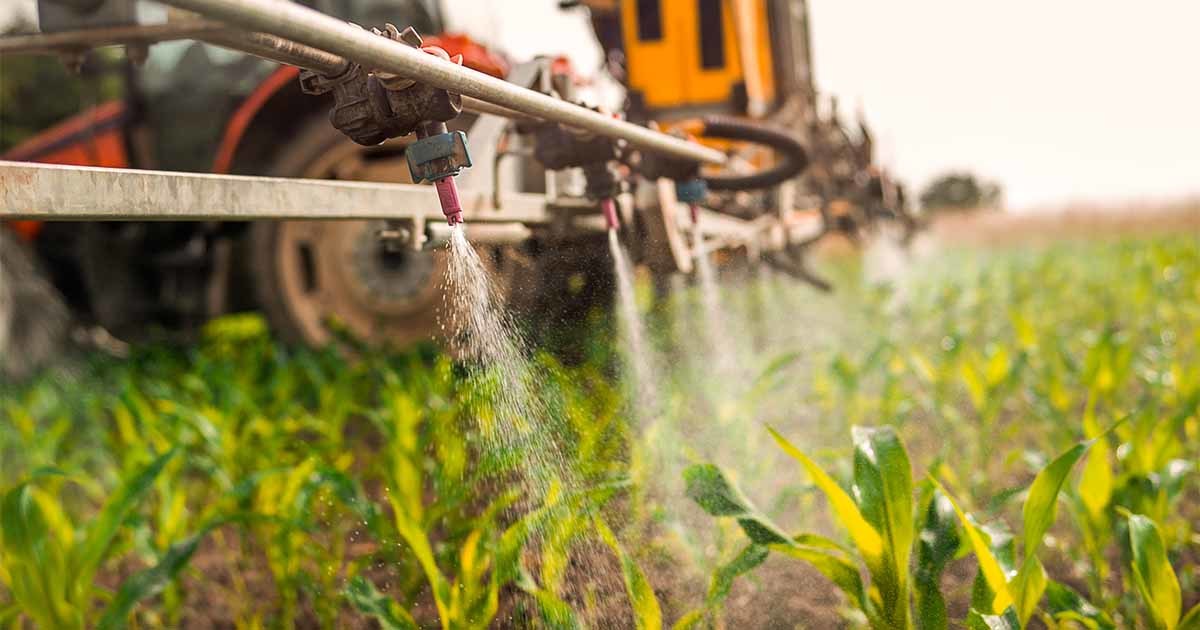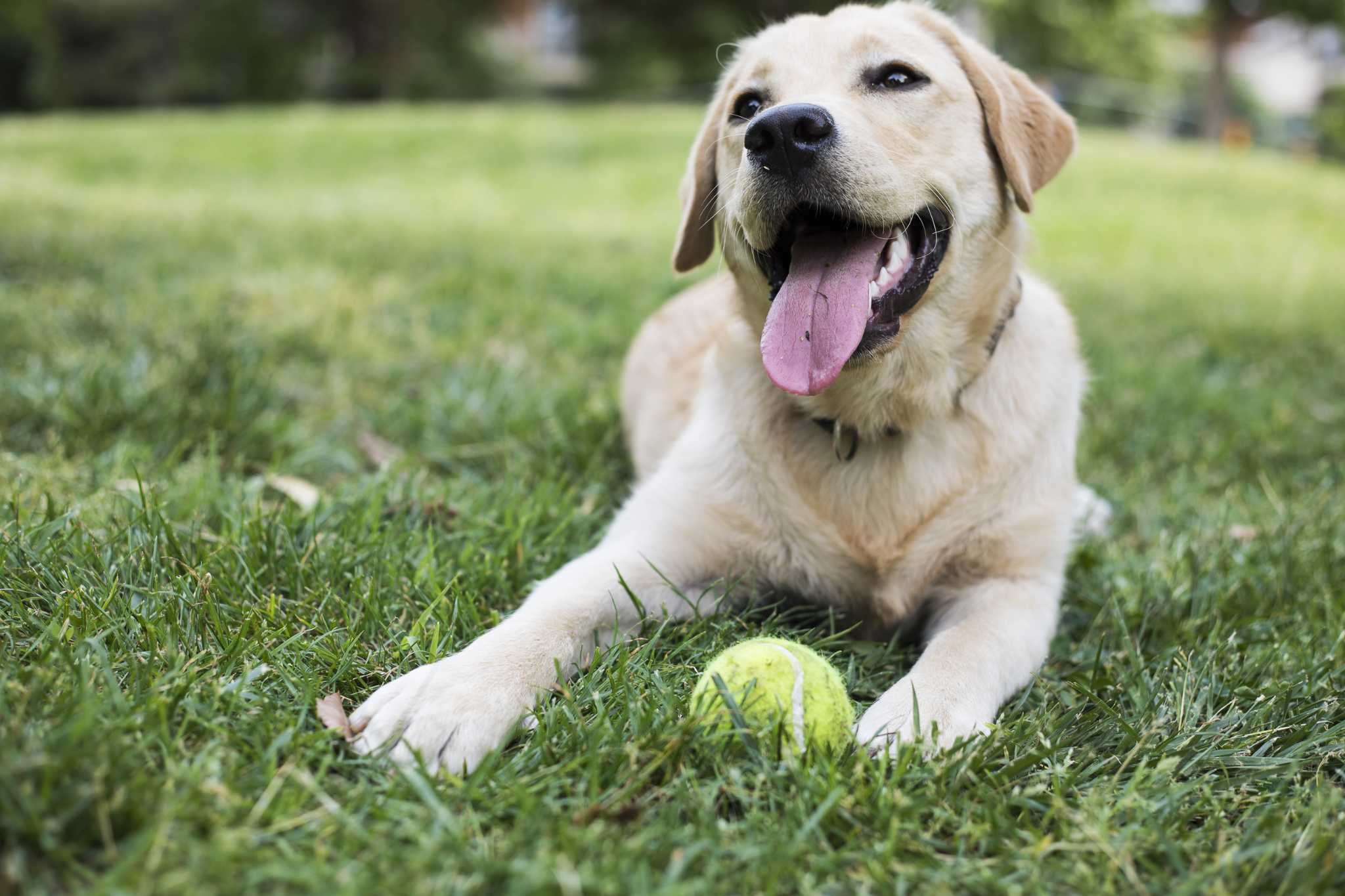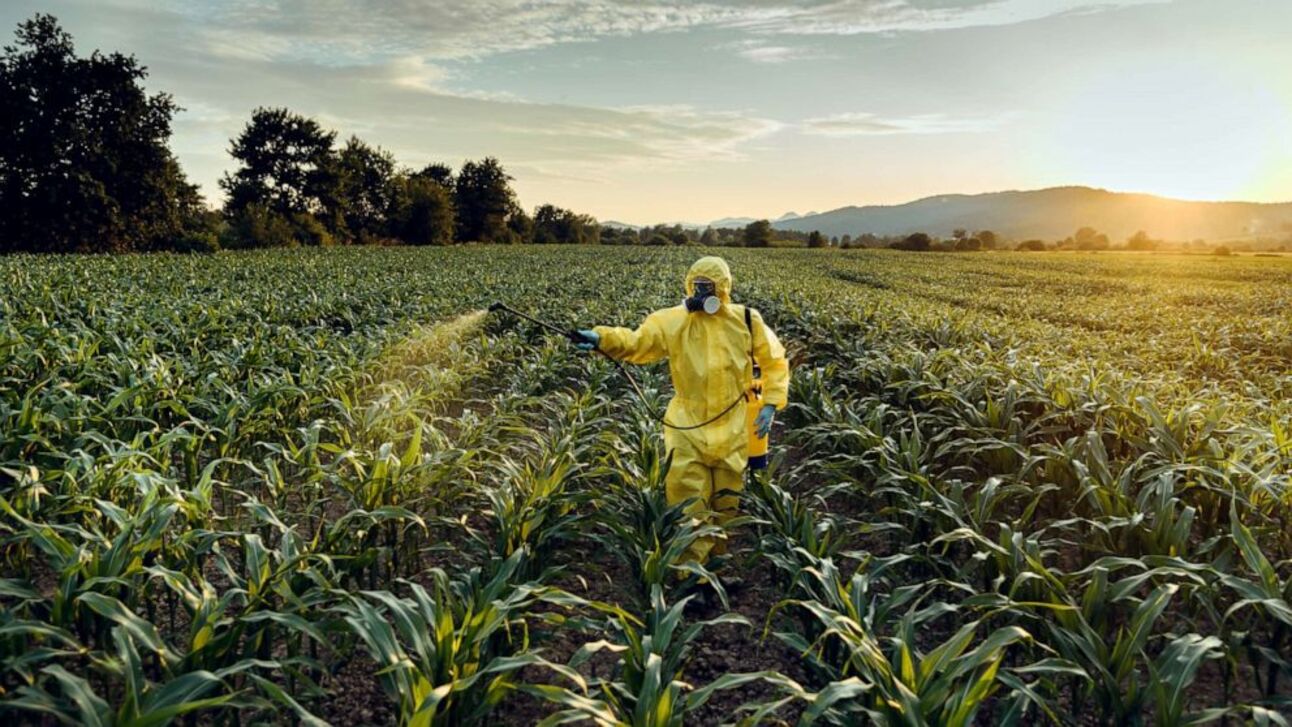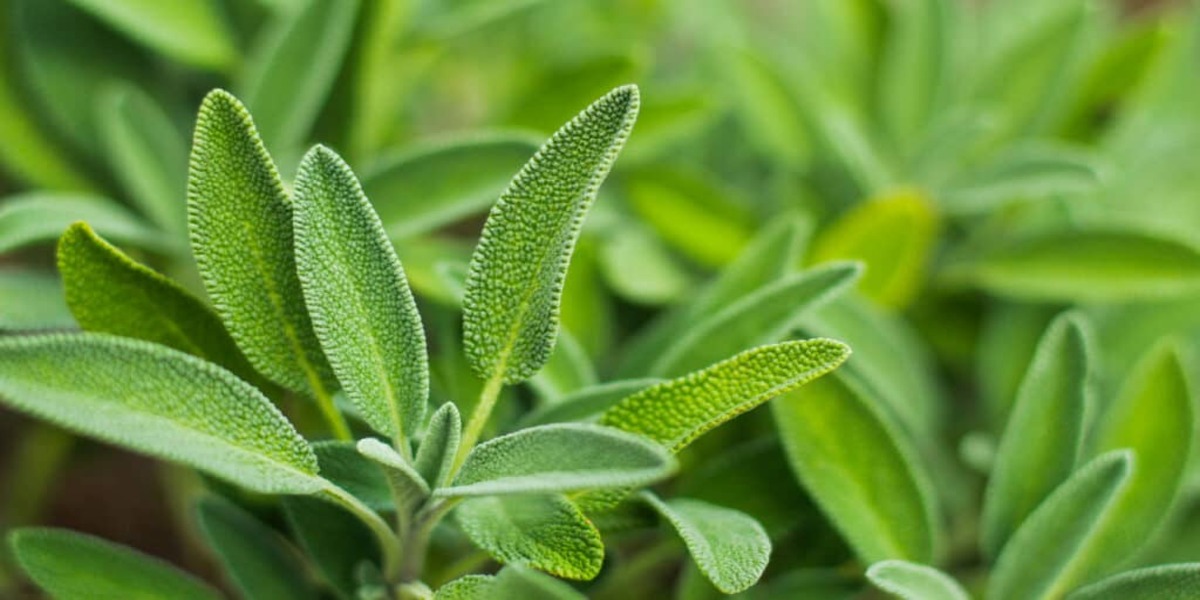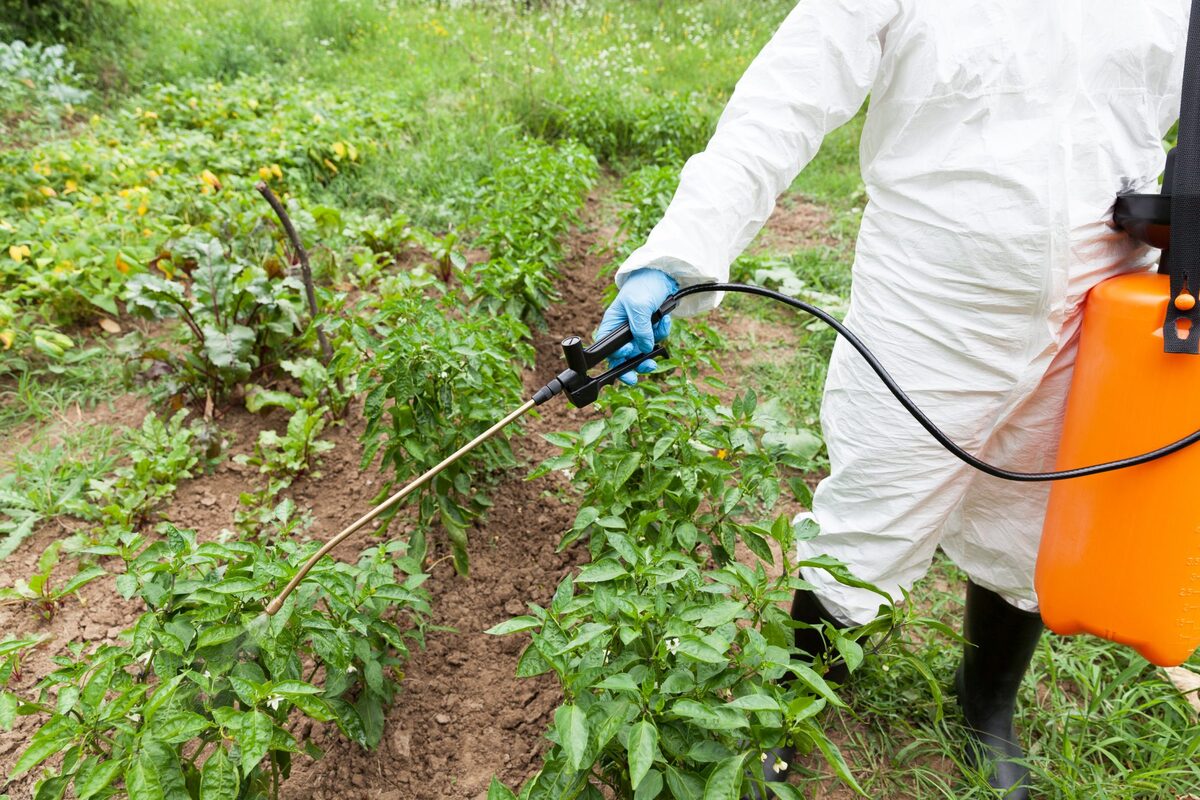Home>Gardening News and Trends>Latest News>What Time Of Year Do Farmers Spray Pesticides
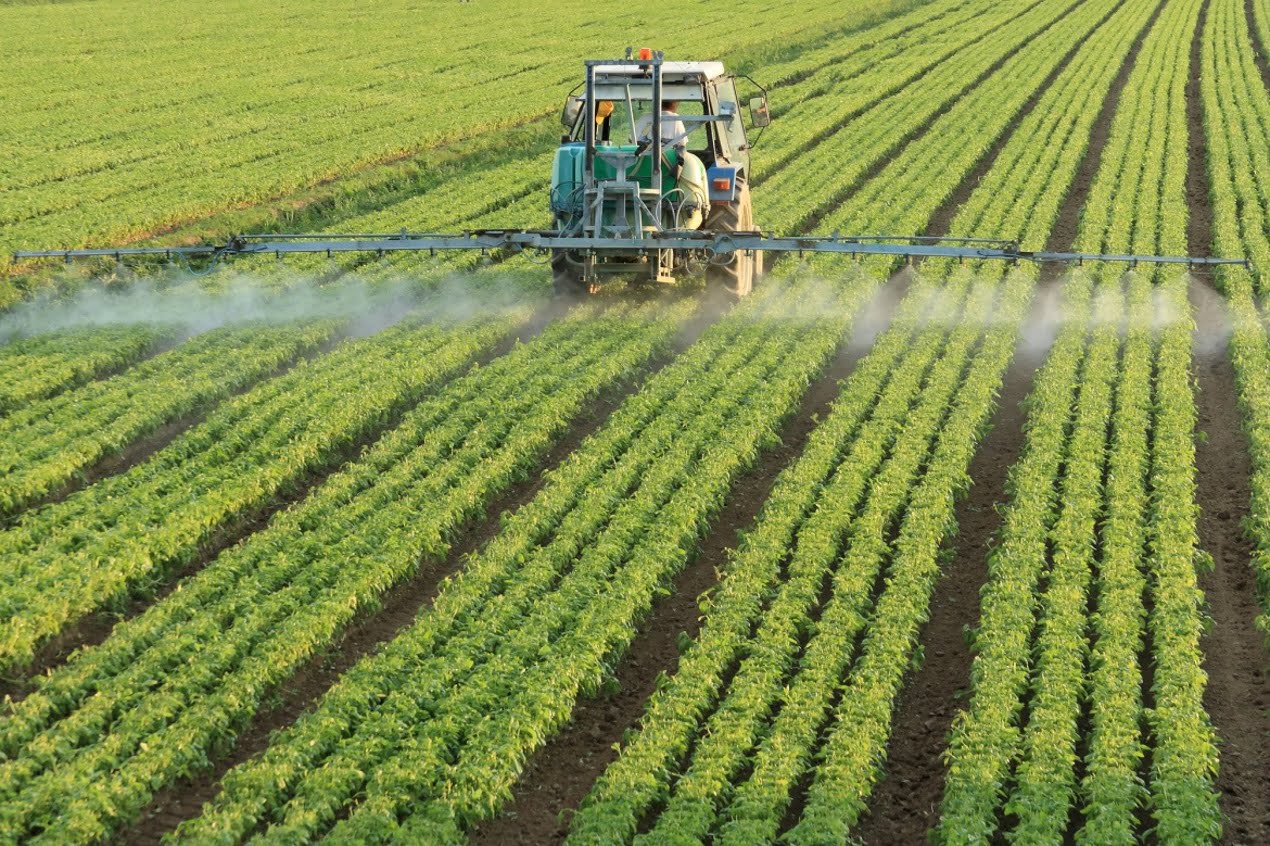

Latest News
What Time Of Year Do Farmers Spray Pesticides
Modified: January 22, 2024
Stay informed with the Latest News on when farmers spray pesticides. Find out the best time of year for pesticide application and its impact on crops and the environment.
(Many of the links in this article redirect to a specific reviewed product. Your purchase of these products through affiliate links helps to generate commission for Chicagolandgardening.com, at no extra cost. Learn more)
Table of Contents
Introduction
Welcome to the fascinating world of agricultural practices and the timing of pesticide application. As farmers work tirelessly to protect their crops from pests and diseases, one crucial factor they must consider is the optimal time to spray pesticides. Timing plays a vital role in the effectiveness of pesticide treatments and the overall health of the crops.
The decision of when to apply pesticides is influenced by several key factors, including the type of crop, pest infestation levels, weather conditions, and environmental regulations. It is a delicate balancing act that requires careful consideration and expertise.
Throughout the year, farmers need to adapt their pesticide application strategies to align with the specific needs and challenges of each season. Spring, summer, fall, and even winter each present unique circumstances that impact the timing and effectiveness of pesticide treatments.
In this article, we will dive into the different seasons and explore how farmers adjust their pesticide application timing accordingly. Understanding these practices can provide valuable insights into the complex world of farming and the efforts made to maintain healthy and thriving crops.
Factors Influencing Pesticide Application Timing
Effective pesticide application timing is influenced by various factors that impact the pest’s life cycle, the crop’s growth stage, and the prevailing weather conditions. Let’s explore some of the key factors that farmers take into account when deciding the optimal time to spray pesticides:
- Crop Growth Stage: Different crops have different susceptibility to pests at various growth stages. Farmers consider the crop’s growth stage to determine when pests are most likely to cause damage. For example, during the flowering stage, crops may be more vulnerable to certain pests, requiring targeted pesticide application.
- Pest Life Cycle: Understanding the life cycle of pests helps farmers determine the most effective time to intervene. By targeting pests during vulnerable stages, such as egg-laying or hatching, farmers can reduce their populations more effectively and minimize crop damage.
- Weather Conditions: Weather plays a crucial role in pesticide application timing. Rainfall, temperature, humidity, and wind can all affect the effectiveness of the pesticides. For instance, rainfall immediately after spraying can wash away the pesticides, rendering the treatment ineffective. Similarly, high winds can cause drift, potentially harming beneficial insects or neighboring crops.
- Environmental Considerations: Environmental regulations must be adhered to when planning pesticide applications. These regulations aim to protect water sources, wildlife, and human health. Farmers must consider restricted application times to ensure compliance with these regulations.
- Pest Monitoring: Regular pest monitoring is essential for determining when to apply pesticides. By closely monitoring pest populations, farmers can identify outbreaks or infestations early on, enabling timely intervention before significant damage occurs.
By carefully considering these factors, farmers can optimize pesticide application timing for maximum effectiveness, minimization of environmental impact, and protection of their crops.
Spring Pesticide Application
Spring is a critical time for farmers to apply pesticides as they prepare for the growing season. During this period, several factors influence pesticide application timing:
- Emerging Pests: As temperatures rise, insects and diseases awake from their dormant state and become active. Spring pests, such as aphids, whiteflies, and powdery mildew, tend to thrive in the warmer conditions. Farmers must be proactive and treat the crops before these pests reach damaging levels.
- Preventative Measures: Spring is a valuable time to implement preventative pesticide treatments. By applying pesticides early in the season, farmers can create a barrier of protection against pests and diseases that may emerge later. This practice helps minimize potential crop damage and reduces the need for more aggressive treatments later in the year.
- Weather Factors: Spring weather conditions also play a role in pesticide application. Farmers consider the forecasted rainfall and temperature to plan their spray schedules. If heavy rains are expected, they may delay application to avoid pesticide runoff. Alternatively, if a period of dry weather is anticipated, farmers may take advantage of the window to target pests more effectively.
- Plant Growth Stage: Farmers assess the growth stage of their crops to determine the optimal time for pesticide application. Depending on the crop, treatments may be scheduled during the early vegetative stage, the emergence of buds, or the onset of flowering. The goal is to protect the vulnerable stages of plant development when pests pose the greatest threat.
In spring, farmers aim to establish a strong foundation for their crops by effectively managing pests and diseases. By strategically applying pesticides during this season, they can safeguard their plants and set the stage for a successful growing season.
Summer Pesticide Application
Summer brings warm temperatures and increased pest activity, making it a crucial time for pesticide application in the agriculture industry. Here are some key considerations for summer pesticide application:
- Pest Pressure: Many pests thrive in the summer months, taking advantage of the favorable conditions. Insects like beetles, caterpillars, and mites can cause significant damage to crops during this time. Farmers closely monitor pest populations and assess the severity of infestations to determine the need for pesticide treatment.
- Targeted Treatments: Summer pesticide applications are often targeted towards specific pests and diseases that are prevalent during this season. Farmers conduct regular scouting to identify the presence of pests and make informed decisions about the appropriate pesticides to use. This approach helps minimize the impact on beneficial insects and reduces unnecessary chemical use.
- Weather Considerations: Summer weather conditions can pose challenges for pesticide applications. High temperatures and dry weather can affect the effectiveness of certain pesticides, leading to reduced efficacy. Farmers may choose to spray in the cooler parts of the day or during cloudy weather to optimize the performance of the chemicals.
- Irrigation Practices: In many agricultural regions, summer is characterized by drought conditions. Farmers often rely on irrigation methods to provide water to the crops. When applying pesticides, they take into account the irrigation schedule to ensure proper absorption and distribution of the chemicals across the field.
During the summer months, farmers are committed to protecting their crops from pests while considering the impact on the environment and the long-term sustainability of their farming practices. By targeting specific pests, adapting to weather conditions, and employing responsible pesticide use, they can mitigate the risks and maximize the health and productivity of their crops.
Fall Pesticide Application
Fall is a critical time for farmers to apply pesticides as they prepare for the harvest and protect their crops against pests and diseases. Here are some key considerations for fall pesticide application:
- Harvest Preparation: As the growing season comes to an end, farmers focus on preparing their crops for harvest. Pesticide application during this time aims to control pests and diseases that could potentially damage or compromise the quality of the crops during storage or transportation.
- Post-Harvest Pest Control: After harvest, crops are vulnerable to various pests, such as insects, rodents, and storage fungi. Farmers may use pesticides to prevent infestations during storage or to manage potential pests that may feed on crop residue left in the field after harvest.
- Weed Control: Fall is also an ideal time for weed control. By applying herbicides before winter sets in, farmers can minimize weed populations and prevent competition with the following year’s crops. This practice is often referred to as fallow spraying and is crucial for effective weed management.
- Cooler Temperatures: Fall weather conditions, with cooler temperatures and lower humidity, can create favorable conditions for some pests and diseases. Farmers carefully monitor pest populations and weather patterns to determine the optimal timing for pesticide application and address any emerging infestations.
Fall pesticide applications not only aim to protect the current season’s crops but also to establish a clean and healthy environment for the next growing season. By effectively managing pests, diseases, and weed populations during this time, farmers can set the stage for a successful and productive future harvest.
Winter Pesticide Application
Winter may seem like a quiet time in the agricultural world, but it is still a season when farmers consider pesticide applications to maintain crop health and prepare for the upcoming growing season. Here are some key points to note about winter pesticide application:
- Dormant Spray: During the dormant period, when plants are not actively growing, farmers may apply dormancy sprays to control overwintering pests and diseases. These sprays target pests such as scale insects, mites, and fungal pathogens that may otherwise cause damage when the growing season resumes.
- Weed Management: Winter is an opportunity for farmers to tackle persistent weeds that survive the cold weather. Applying herbicides during this time can help suppress weed populations and prevent them from competing with crops in the following growing season.
- Greenhouse Pest Control: In greenhouses and indoor farming systems, where crops are grown year-round, winter pest control remains a constant concern. Pesticides may be applied to manage pests like aphids, whiteflies, and fungus gnats that can thrive in the controlled environment of a greenhouse.
- Mitigating Disease Spread: Winter can be a time when certain diseases spread through plant residues or overwintering pathogens. Application of fungicides during the winter months can help reduce the risk of disease buildup and ensure a healthy start to the next growing season.
Although pesticide application may be less frequent during winter compared to other seasons, it still plays a role in maintaining crop health and preventing pest and disease issues. By addressing pests in their dormant state and taking proactive measures against weeds and diseases, farmers can set the stage for a successful and productive growing season.
Conclusion
Pesticide application timing is a crucial aspect of agricultural practices, as it directly impacts crop health and yields. Throughout the year, farmers carefully consider a range of factors when determining when to apply pesticides. From spring to winter, each season presents unique challenges and opportunities.
In spring, farmers focus on protecting emerging crops from pests that thrive in warmer conditions. They implement preventative measures and monitor pest populations to ensure a healthy start to the growing season.
Summer brings increased pest activity, prompting targeted pesticide applications to control specific pests while minimizing harm to beneficial insects and the environment. Farmers also consider weather conditions and irrigation practices to optimize pesticide performance.
In fall, farmers apply pesticides to prepare for harvest and prevent post-harvest infestations. Weed control is also crucial during this season to minimize competition and ensure successful future crops.
Even during the dormant season of winter, farmers use dormant sprays and manage pests in greenhouses to maintain crop health and prevent disease buildup.
By taking into account factors such as crop growth stages, pest pressure, weather conditions, and environmental regulations, farmers make informed decisions about pesticide application timing. This careful planning ensures effective pest management, minimizes environmental impact, and supports the long-term sustainability of agricultural practices.
As we appreciate the effort and expertise that goes into optimizing pesticide application timing, we gain a deeper understanding of the dedication of farmers to produce healthy and abundant crops year after year.

